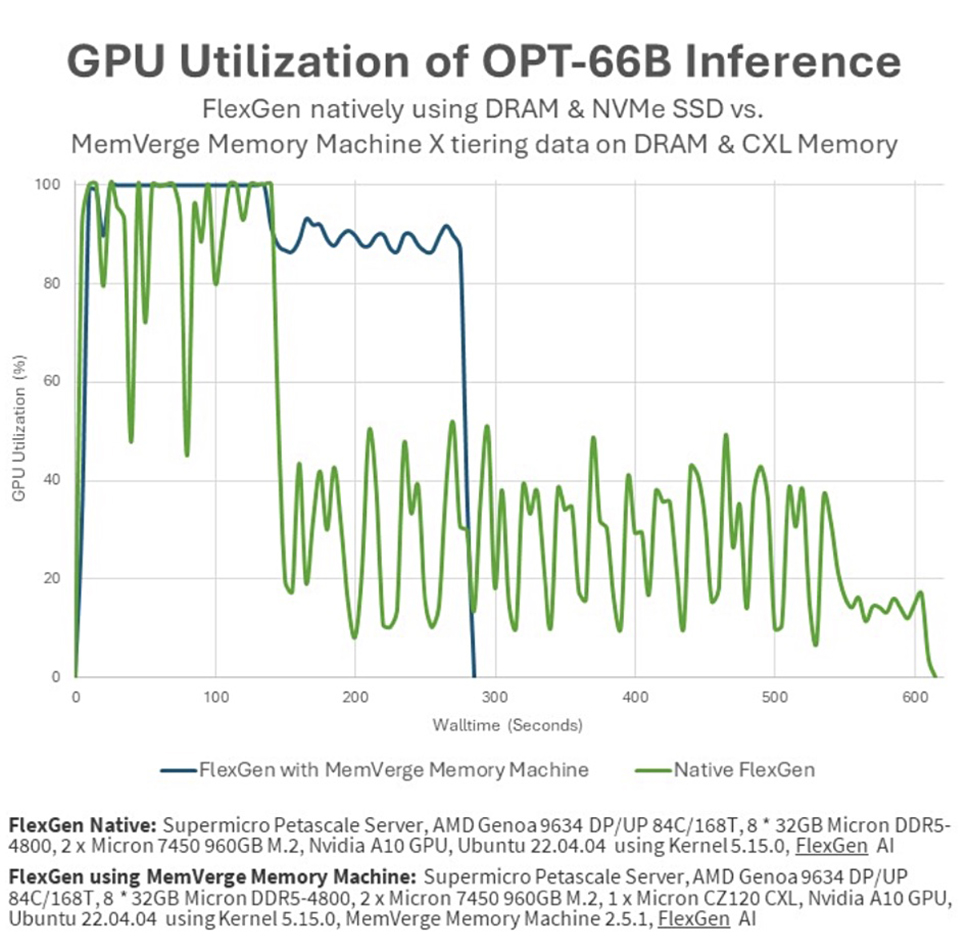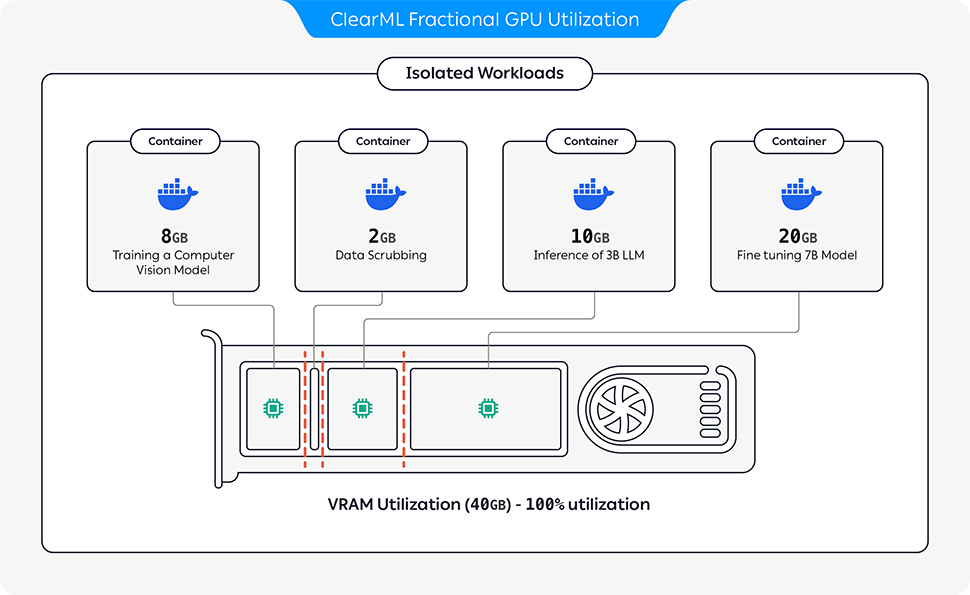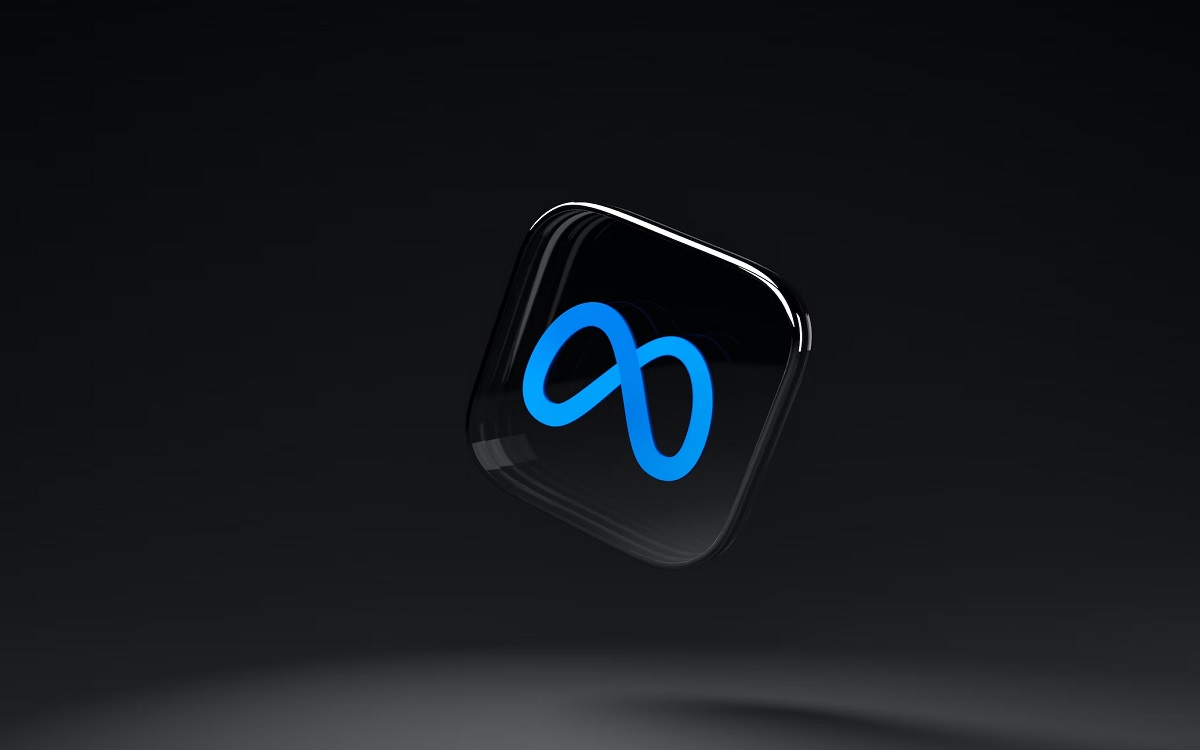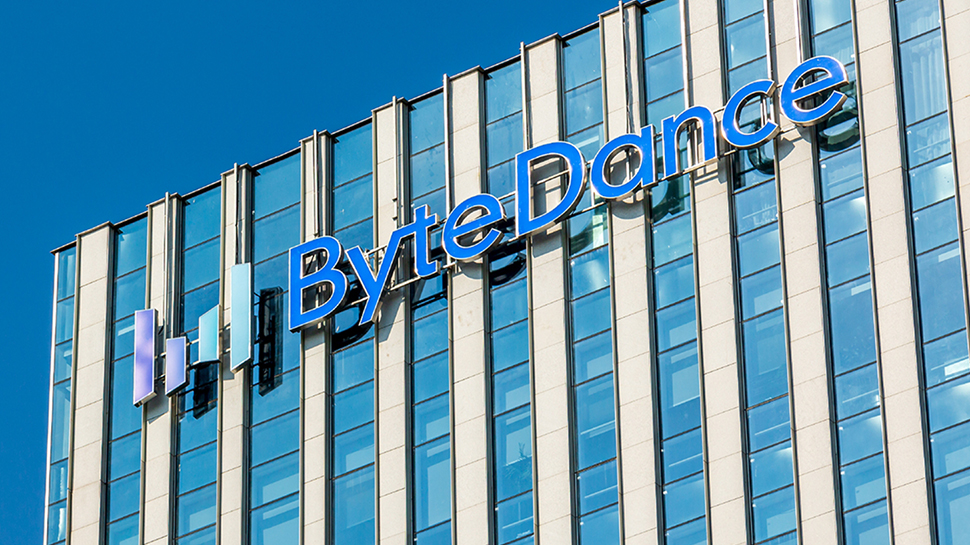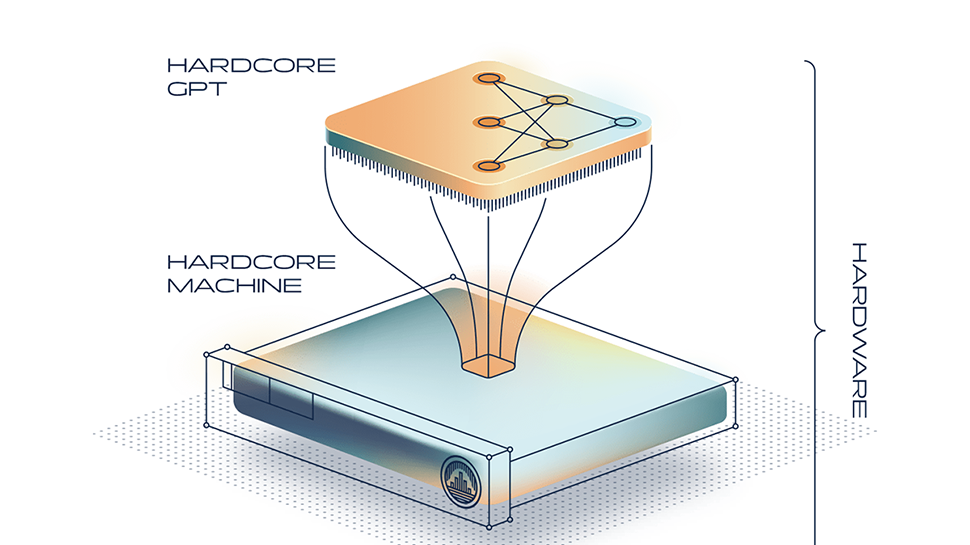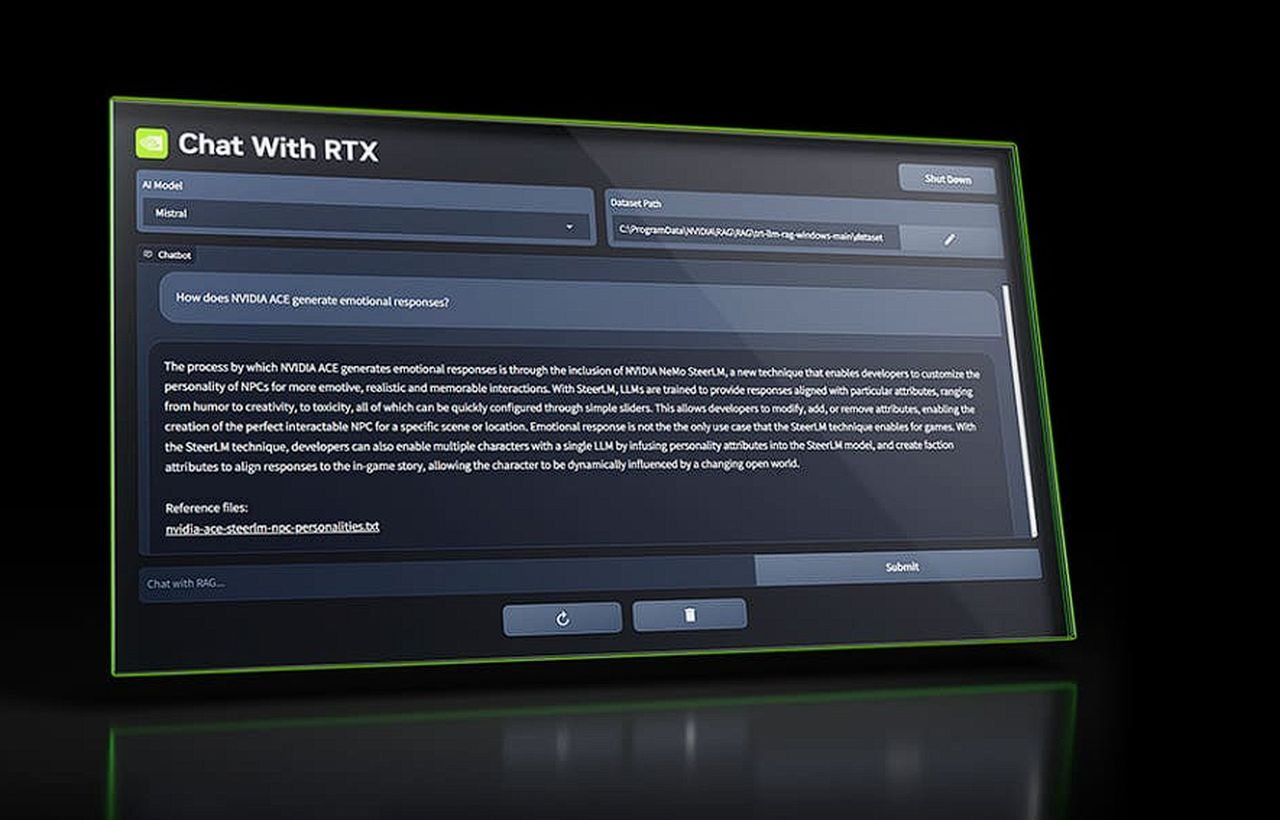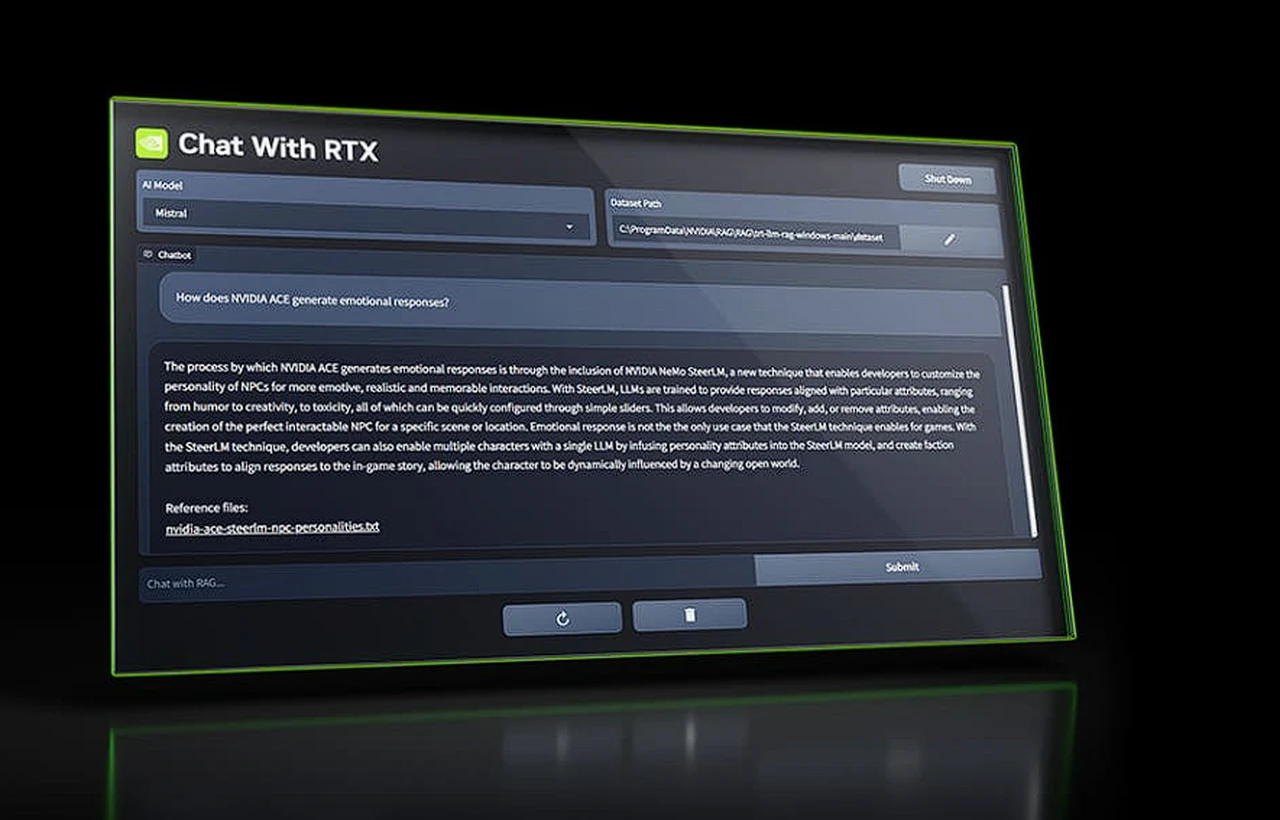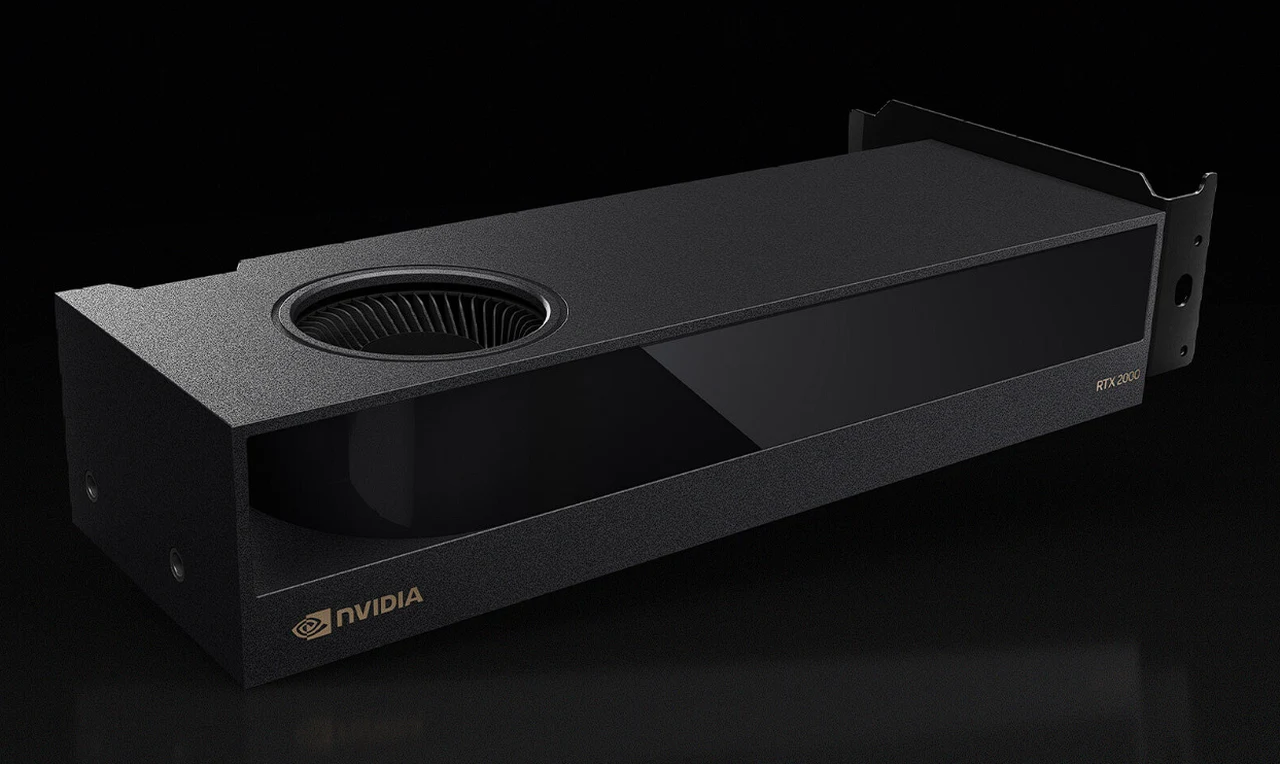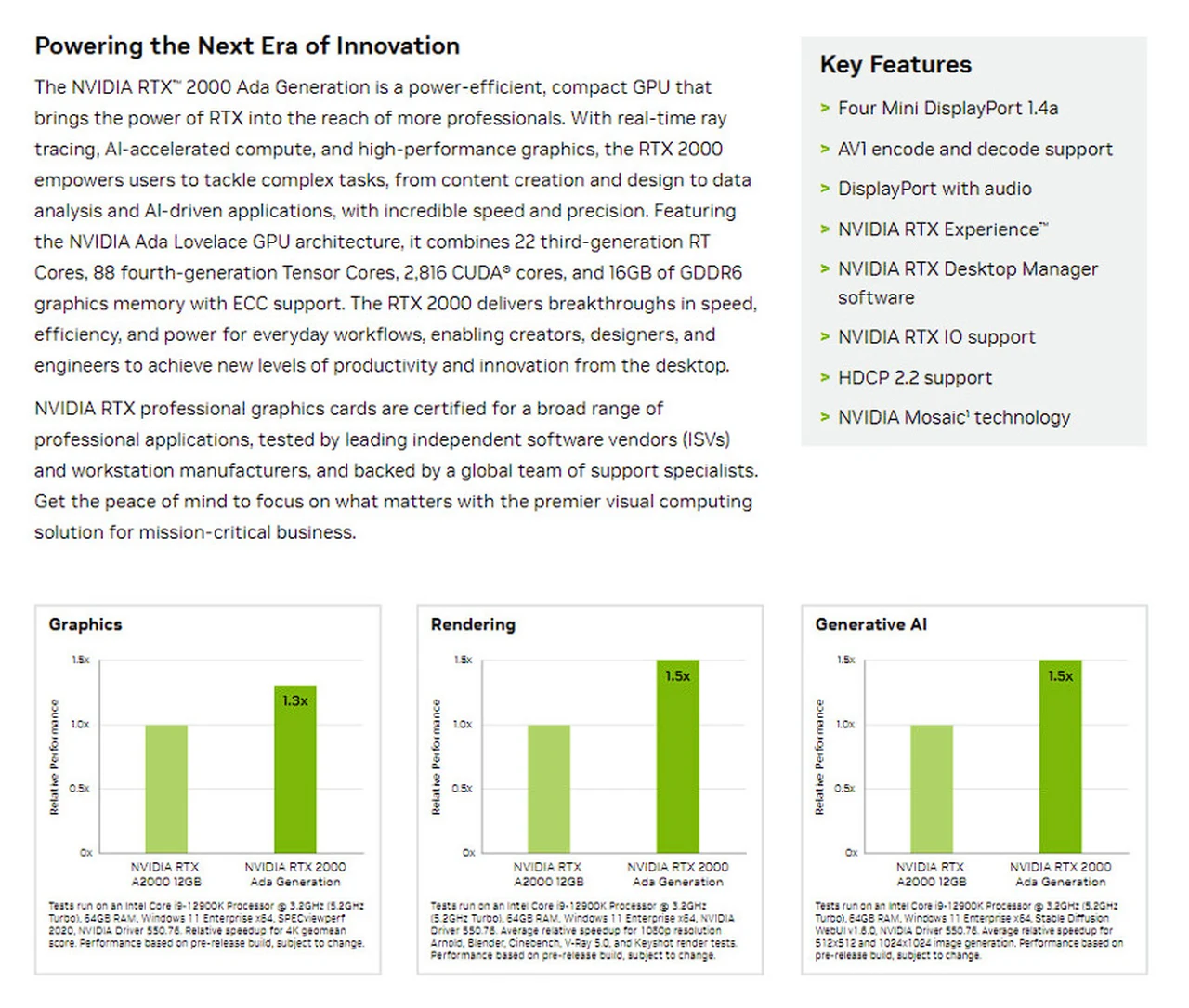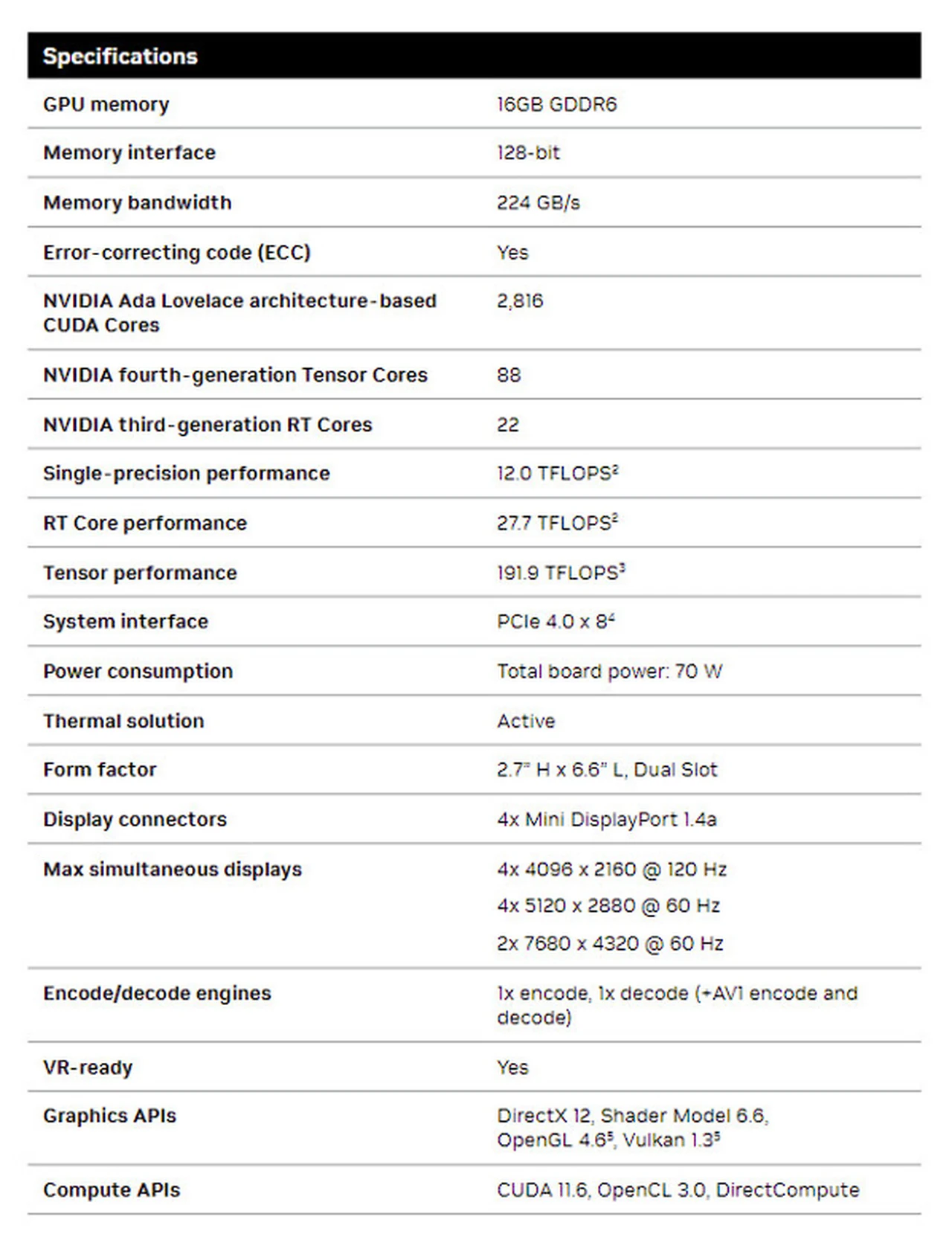[ad_1]
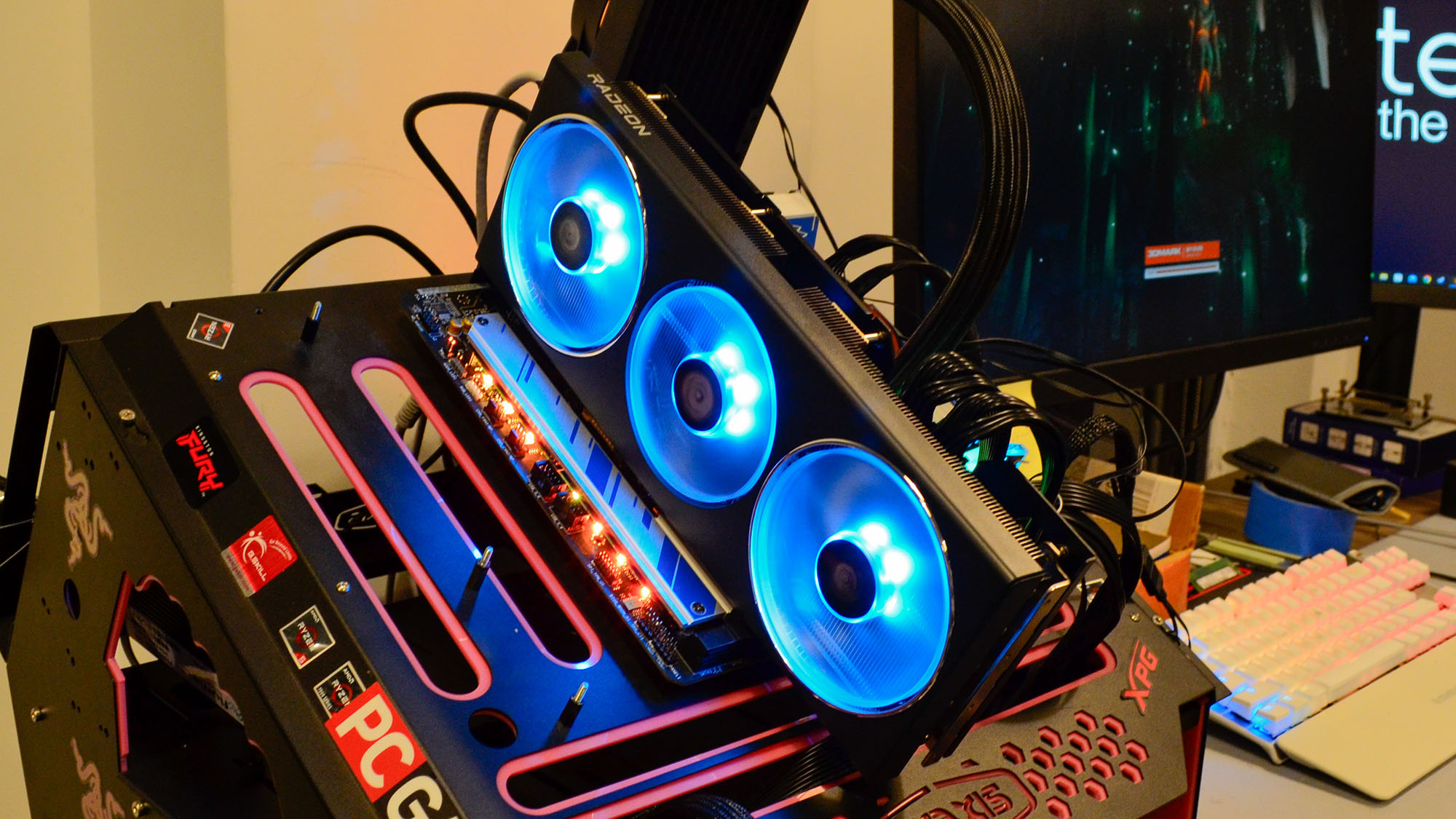
AMD’s RX 7900 GRE became available to buy in the US (and elsewhere) last month, but with an odd catch on the performance front – the good news being that this hiccup related to overclocking the GPU has now been cured.
If you’ve been following the somewhat curious tale of the global launch of the RX 7900 GRE – the ‘Golden Rabbit Edition’ graphics card that was initially exclusive to China – you may recall it was artificially limited to 2.3GHz for the memory clock speed by a bug, as confirmed by AMD. Apparently, this was an issue with an incorrect memory tuning limit.
Well, that glitch has now been remedied with AMD’s new Adrenalin Edition 24.3.1 driver. As Team Red says in the release notes, there’s a fix for the “maximum memory tuning limit [being] incorrectly reported on AMD Radeon RX 7900 GRE graphics products.”
VideoCardz noticed this development and reports that with the new driver, Tech Powerup has found it can ramp up the memory clock by 300MHz, giving a sizeable leap in performance. Running at 2.6GHz rather than 2.3GHz results in a 15% boost in 3DMark (Time Spy).
Note that this is the memory clock, which is distinct from the GPU clock speed, and not to be confused with that. The GPU chip is also limited for overclocking as our previous report highlighted, but AMD hasn’t taken action on that front.
Analysis: Going GREat guns
This is just one synthetic test, so we need to be a bit cautious, but other benchmarking online from Hardware Unboxed shows similarly impressive results (in gaming tests, and a host of them, too).
However, we should point out that other reports online suggest that RX 7900 GRE owners are far from guaranteed to be able to run a VRAM overclock as ambitious as 2.6GHz, or even get past 2.5GHz (for that matter, cresting 2.4GHz is proving challenging for some graphics cards anecdotally).
As ever with any chip, the mileage you’ll get out of your video memory will be different from others – but even so, everyone should be able to realize a worthwhile performance benefit here. If not 10-15%, there should still be some decent headroom now AMD has fixed this bug, and many folks are reporting around a 5% boost or close to that at the very least.
With this extra chunk of frame rates under its belt, the 7900 GRE is now looking an even more tempting proposition. Assuming, of course, that you’re confident enough with PC hardware to engage in overclocking shenanigans – not everyone will want to do so.
The RX 7900 GRE was already a great mid-range performer before this happened, anyway, and at its current price, this seems to be the best GPU in this price bracket now, for those willing to push it with an overclock, certainly. It’s looking better than the rival RTX 4070 Super with this new AMD driver, and the RX 7900 GRE is about 7% cheaper than Team Green’s graphics card going by current pricing on Newegg in the US (for the cheapest models in stock).
Relative pricing may be a different story in your region, but you get the point. Also, with the 7900 GRE being within 10% of the performance of the much pricier 7900 XT now, as Hardware Unboxed points out, it’s a possible alternative to the latter.
We’d be remiss to mention that with the Nvidia RTX 4070 Super comparison, you are losing out on the ray tracing and DLSS 3 front, of course – but for pure rasterization it’s the 7900 GRE all the way as pricing stands, with this extra driver boost. Nvidia and its partners may need to respond here…
You might also like
[ad_2]
Source Article Link



